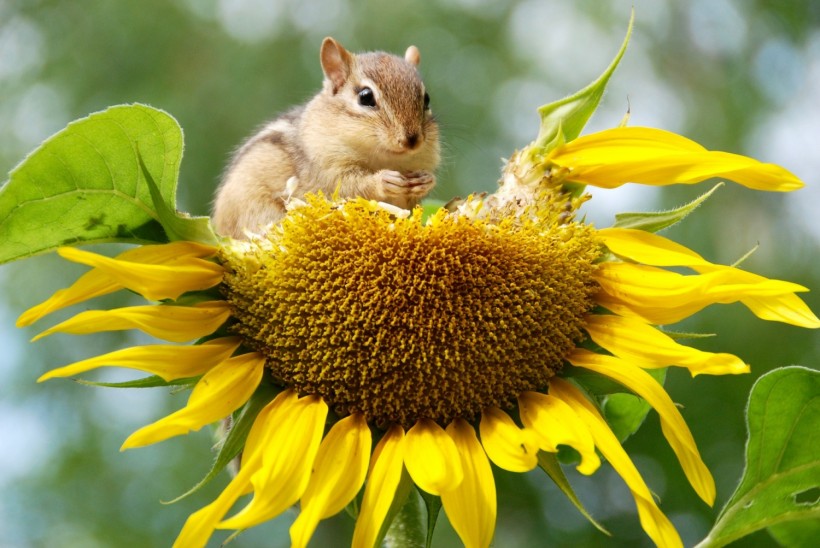According to Stanford University researchers, modern small mammal communities from the Anthropocene are less diverse and differently structured than species from the Holocene, demonstrating the extent of human impacts on our ecosystems. The findings, published in Frontiers in Ecology and Evolution, demonstrate how human activities impact our ecosystems.
Small Mammals in the Anthropocene
Dr. Maria Viteri of Stanford University said they wanted to understand the impacts of land modification on small mammals in the Anthropocene, which are foundational to terrestrial ecosystems.
The Anthropocene is defined as the most recent period in Earth's history (from the 1950s to the present) when human activity began to have a significant impact on the planet's ecosystems and climate. It is characterized by rapid climate change, pollution, and landscape alteration. This impact is modifying natural ecosystems and threatening biodiversity, for example, through rapid urbanization.
The Effect of Land Modification on Small Mammals in the Anthropocene
Small mammals, such as rats and shrews, are ideal subjects for spatiotemporal studies. According to Heavy, the term spatiotemporal is used in data analysis when data is collected in both space and time. It describes a phenomenon that occurs at a specific location and time.
Because of their population abundance, small individual geographic ranges, and habitat specificity, small mammals respond quickly to changes in land use, habitat, and climate, making them good indicators of ecosystem health. They have a low extinction rate due to their high fertility, abundance, and growth rate. As a result, for thousands of years, they have remained taxonomically stable.
Despite being relatively resistant to extinction, small mammal communities may be altered in less obvious ways by human impact and environmental change. Population and community-level diversity declines can indicate declines in ecosystem health and may predict future extinctions. Tracking the diversity of small mammals across spatiotemporal gradients can reveal the magnitude of human impacts on all types of species.
Anthropocene Small Mammal Research Findings
The researchers surveyed small mammals along a human modification gradient: The Jasper Ridge Biological Reserve focused on least human modification, Stanford's Student Observatory focused on average human modification, and Stanford University's campus focused on high human modification.
The researchers examined thousands of small mammal bones and teeth from modern (Anthropocene) raptor pellets and three (Holocene) archaeological sites along the gradient, representing different levels of human modification today.

Chipmunk on Sunflower
The research revealed three major findings.
"First, small mammal diversity decreased with increasing human modification today. Second, the overall make-up of today's small mammal communities is fundamentally distinct from past communities, even 500 years ago," said Viteri, an expert in Conservation Science, Ecology and Paleontology at Stanford (via Earth.com). "Our results demonstrate that even a relatively small, protected space can at least partially protect native faunal communities."
Impact of Biodiversity: Small and Large Protected Areas
Conservation scientists have long debated over how large protected areas could slow down species loss in an increasingly human-modified world. Many studies have shown that larger reserves do a better job of conserving biodiversity.
According to Sapiens, protected areas are a cost-effective and efficient way to address biodiversity loss, protect society from the effects of climate change, and preserve the critical ecosystem services on which all societies rely.
The study showed that how people manage lands matters and it's not too late to protect the land. However, biological preserves can only buffer biodiversity and not completely mitigate the overwhelming signal of the Anthropocene.
RELATED ARTICLE: Saving Biodiversity, Scientists Call for Change in Farming Practices: Study
Check out more news and information on Environment in Science Times.














